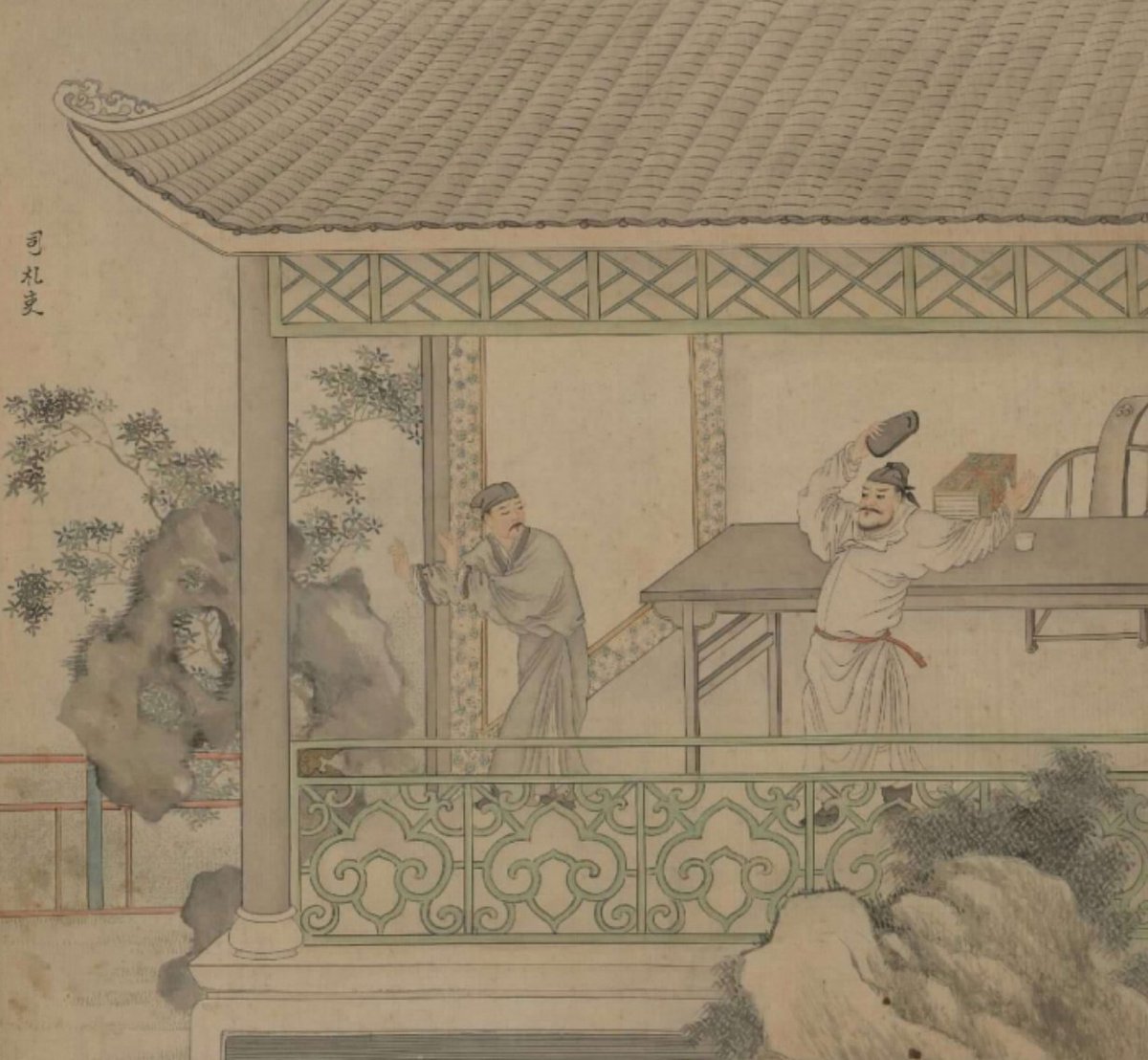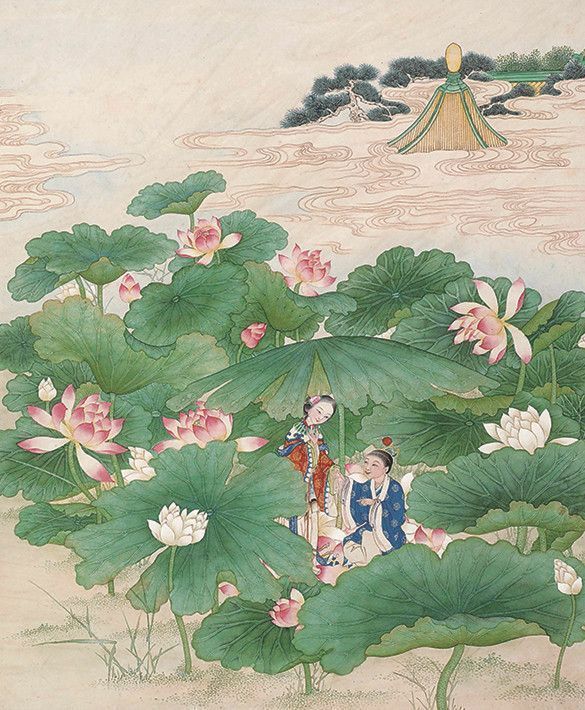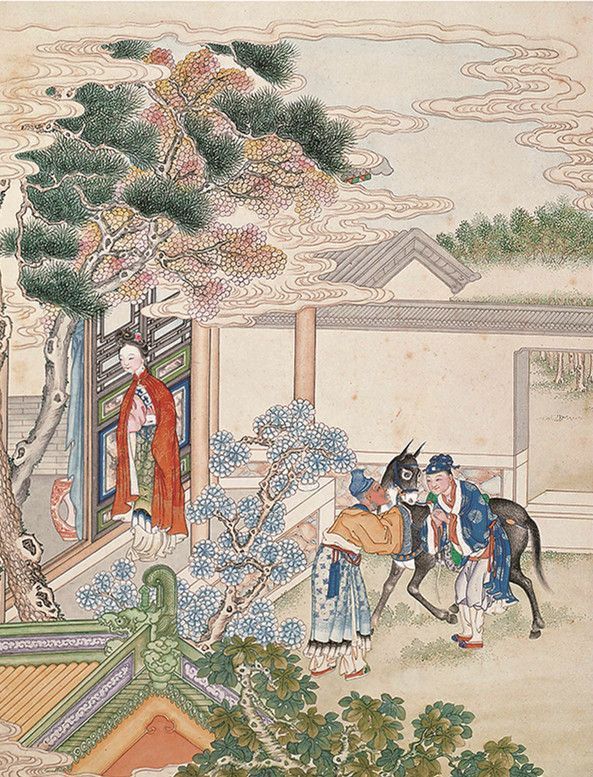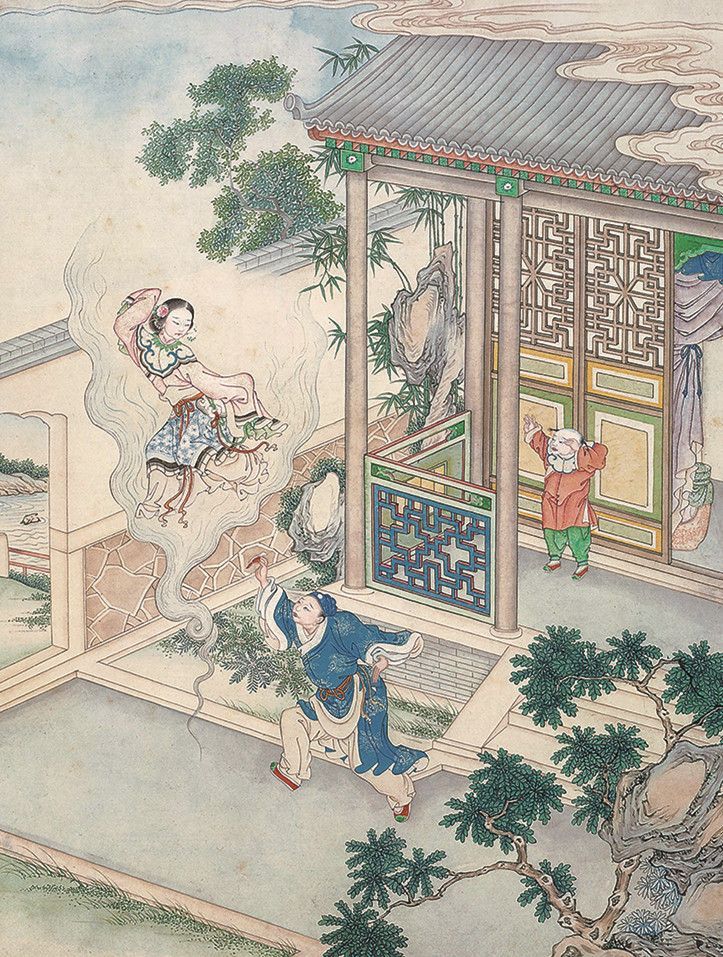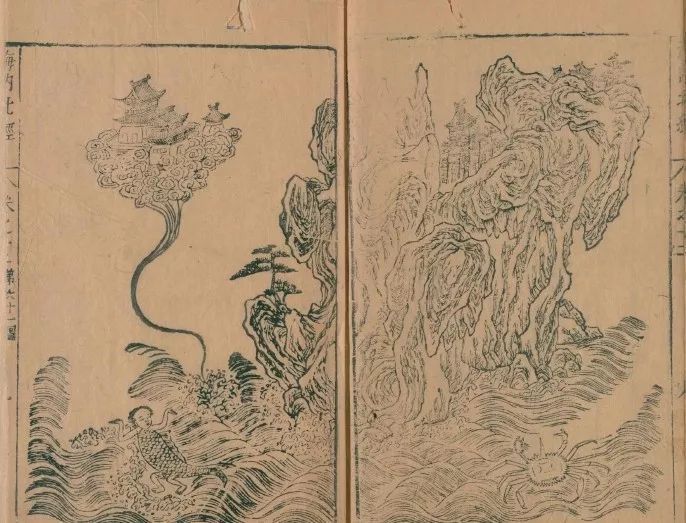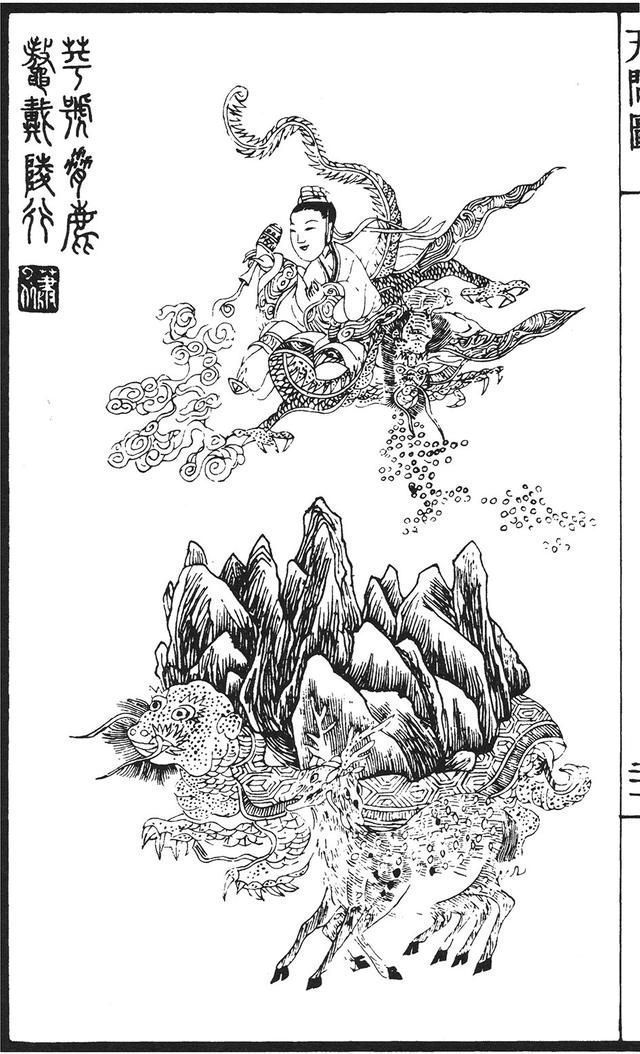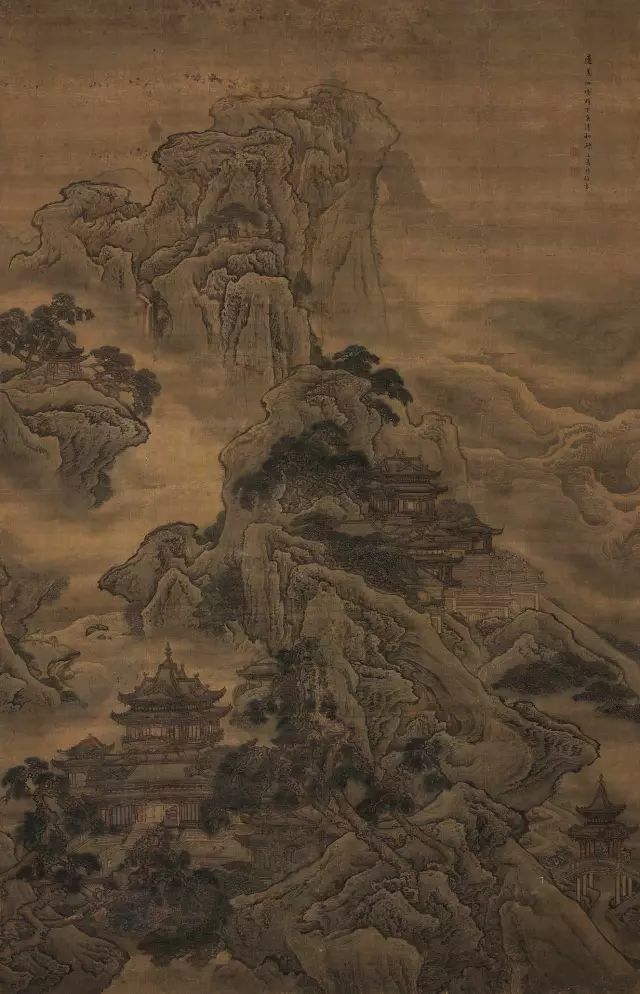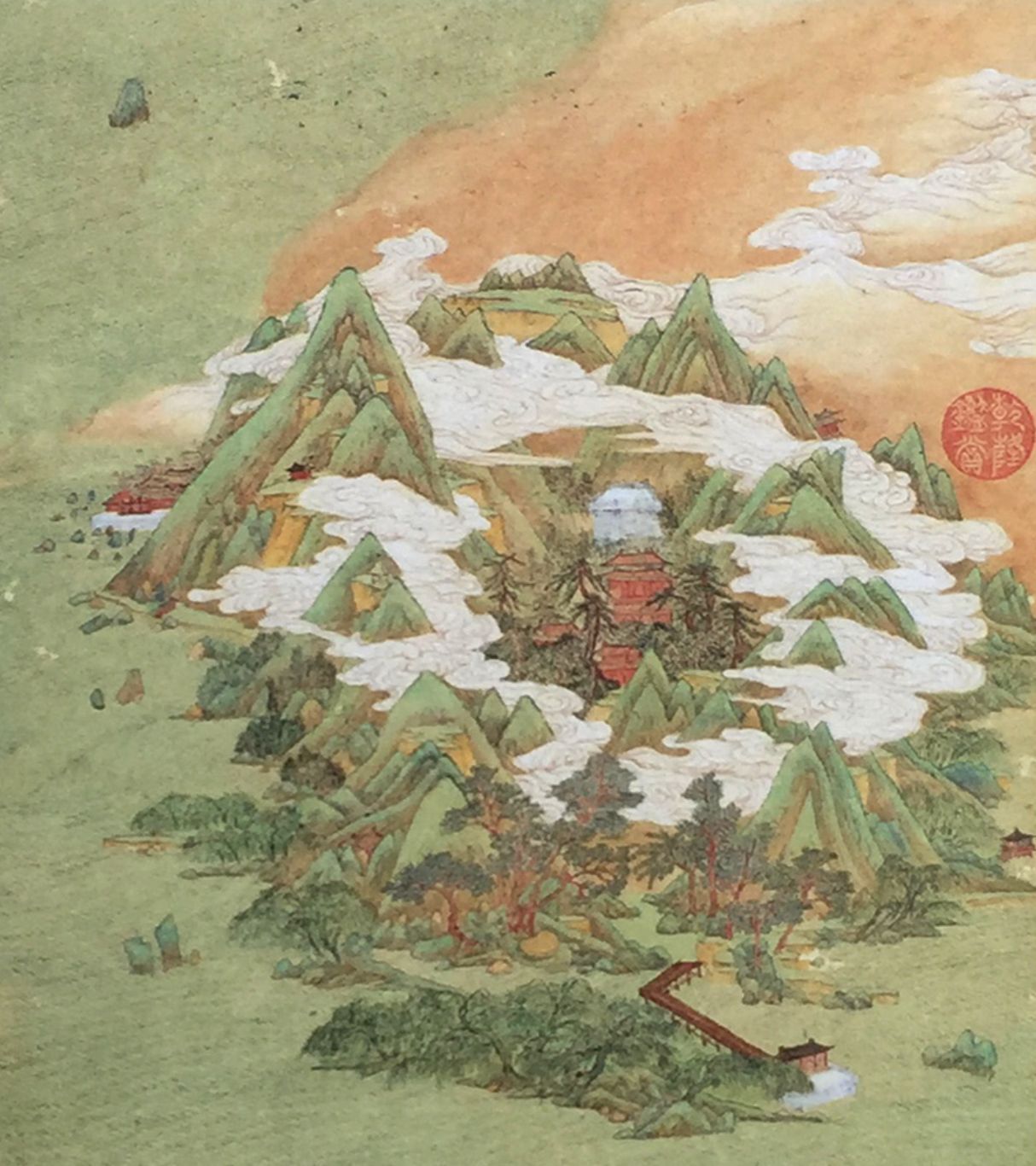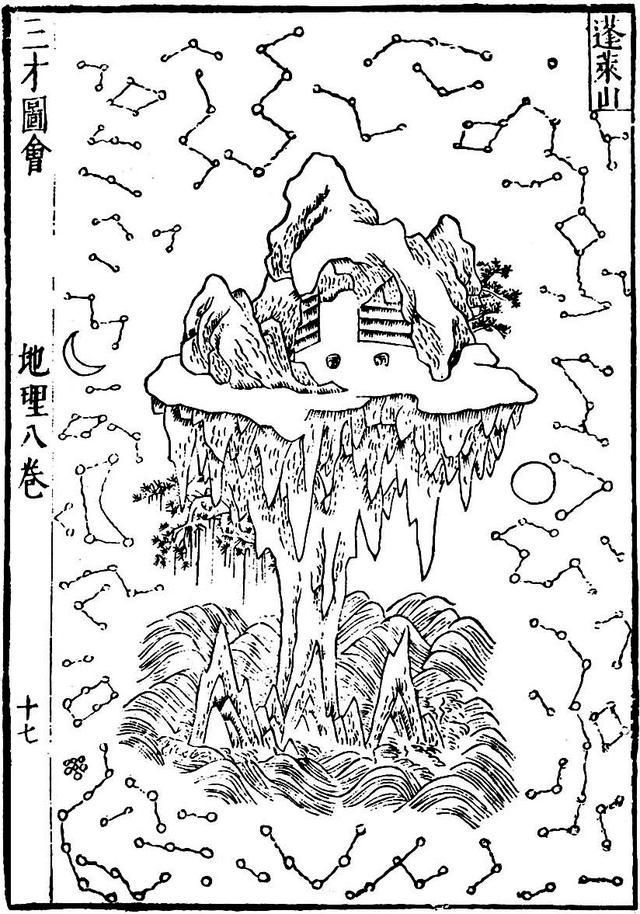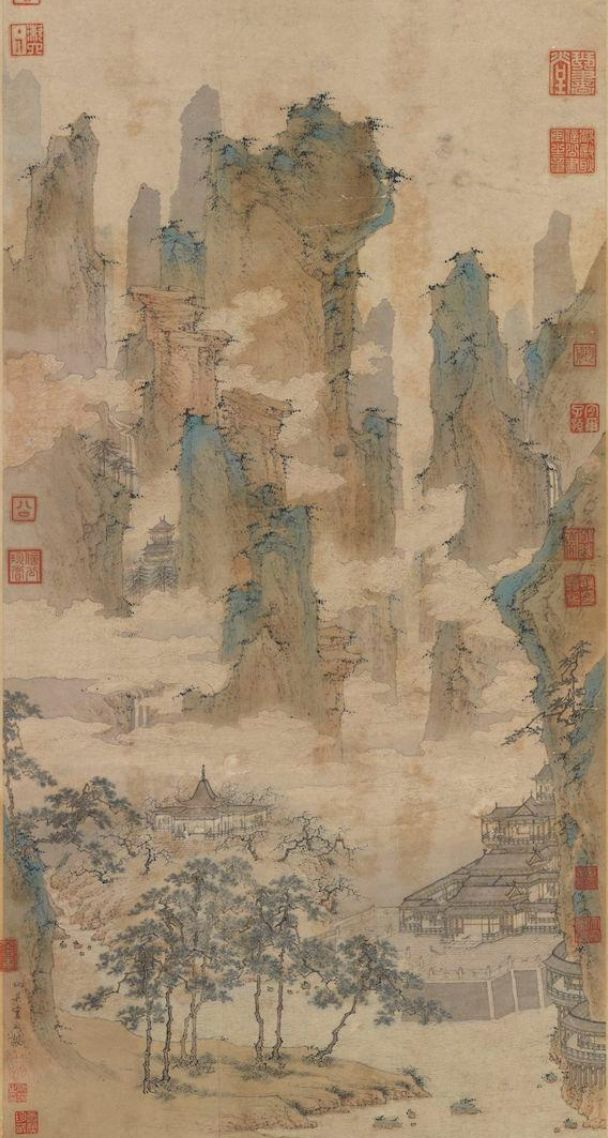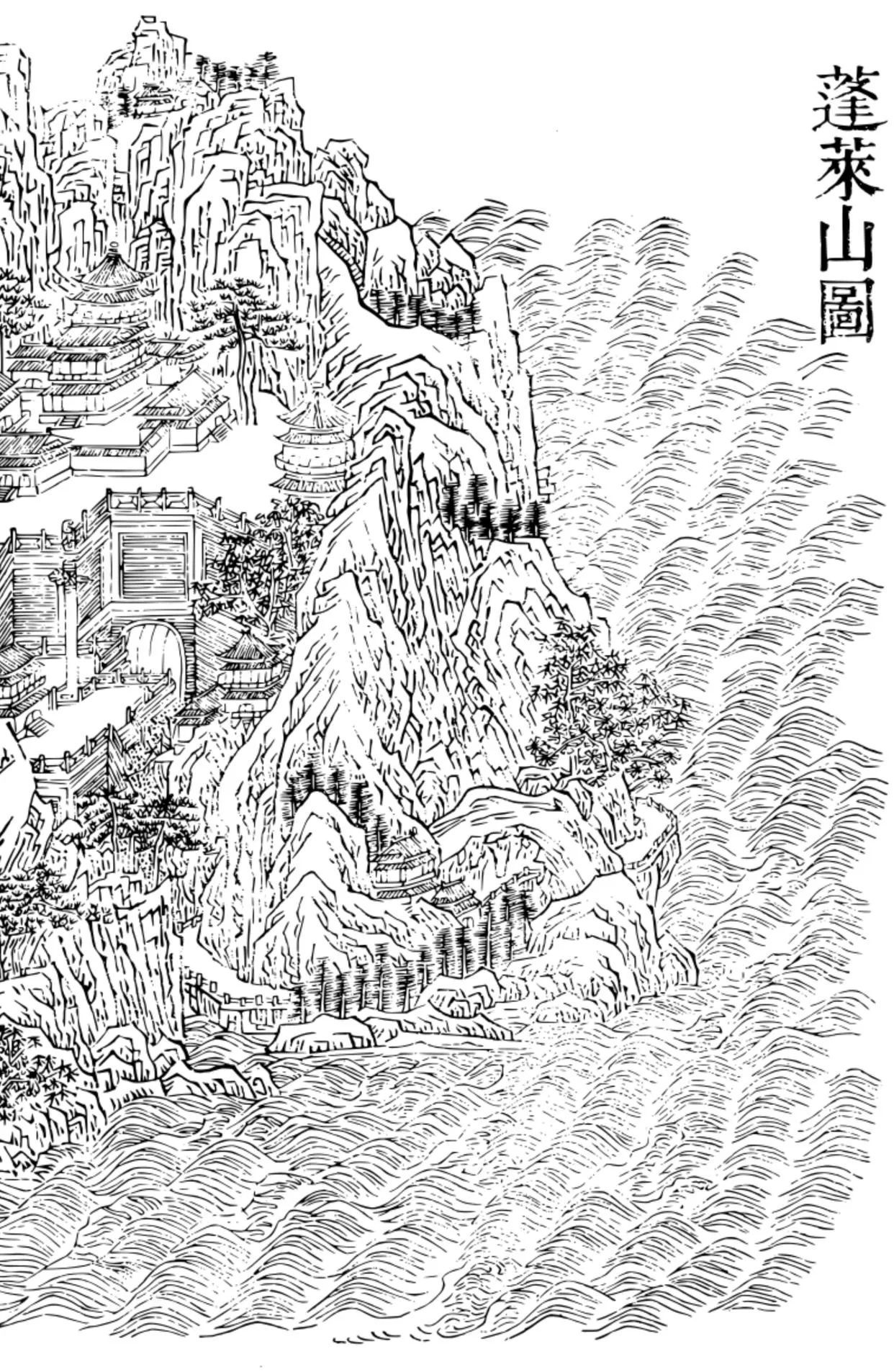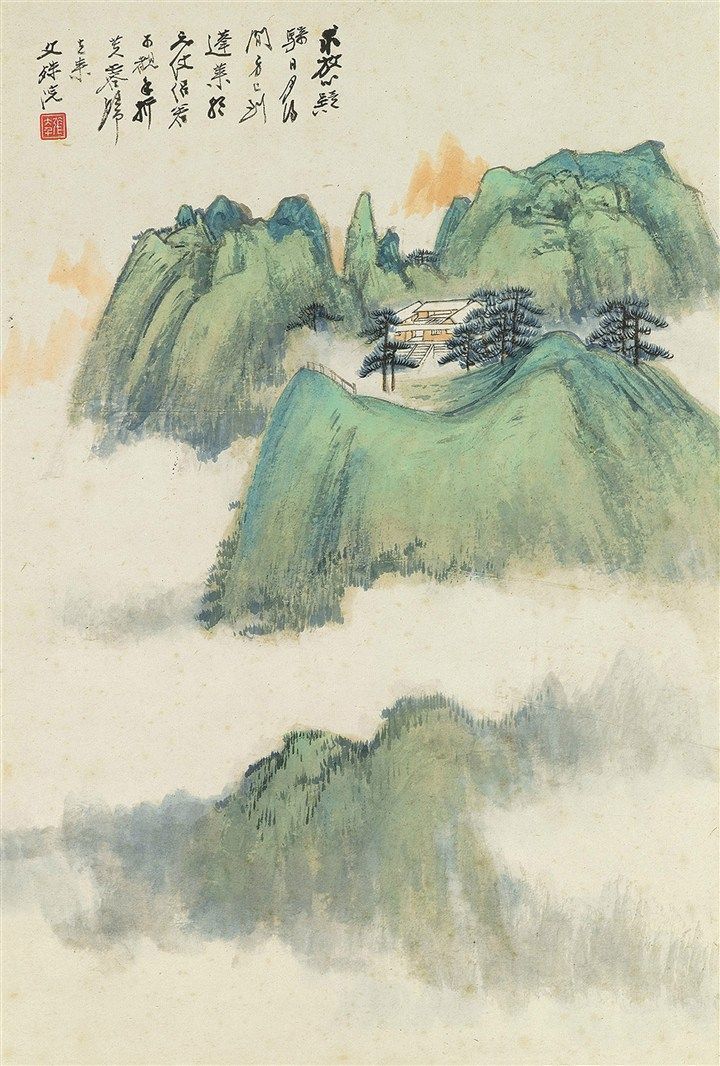Illustration for “《The Scribe(司札吏)》” in 《聊齋誌異》
An illustration for the ghost story “The Scribe(司札吏)” in “Strange Tales from a Chinese Studio”, in Qing Dynasty.
“The Scribe” is a short story from the collection of classical Chinese short stories “Strange Tales from a Chinese Studio” by the Qing dynasty writer Pu Songling. The story tells the tale of a tyrannical and superstitious magistrate who had many taboos. One day, the magistrate’s scribe accidentally violated one of his taboos, and the magistrate had him killed.

